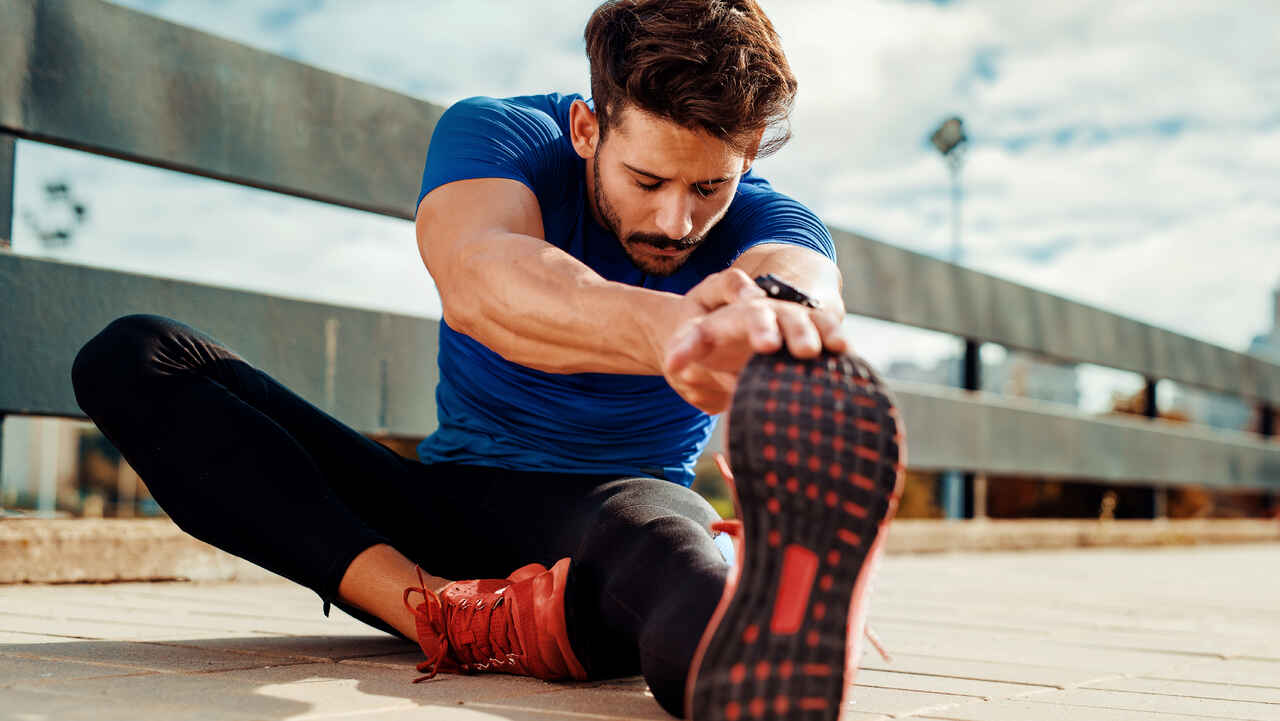 Although these fitness terms are not the same, here’s how they both help you move better.
Although these fitness terms are not the same, here’s how they both help you move better.
Mobility and flexibility are two words often used interchangeably when talking about fitness. But although they both affect how well you move and are connected in some ways, they are not the exact same thing.
Here are answers to common questions about the differences between the two, how they’re connected and ways you can improve both.
“Regular mobility and activity helps adults avoid the loss of strength and stamina that can accompany aging. Everyone wants to continue spending time doing the activities they enjoy and the best way to do this is simply to continue to stay active throughout our adult lives.”
What are mobility and flexibility?
Mobility refers to how a joint moves through its normal range of motion. That range of motion varies depending on the type of joint. For example, your hinged knee joint moves backward and forward and can also rotate inward and outward slightly. The ball-and-socket joint in your shoulder makes it possible to lift and lower your arms and move them in a circular motion or back or forth.
Flexibility is the ability of a muscle to stretch temporarily. Think of your muscle like a rubber band – the more flexible it is, the more easily you can stretch it. Although flexibility plays an important role in mobility, it is not that important in and of itself.
What part does flexibility play in mobility?
Flexible muscles help improve how well you can move your joints and that’s why flexibility is an important component of mobility. It’s difficult to move a joint if the muscles and tissues surrounding it are too tight. Tight muscles can pull on a joint, causing it to become misaligned and unstable.
But for good mobility, you also need muscular strength and stability in addition to flexibility. The structure of your joints and surrounding ligaments and tendons can also affect your mobility. Keep in mind that even if your flexibility is good, you can still have poor mobility if other factors that help a joint move are lacking.
Why is mobility so important?
It’s difficult to do many everyday things, from reaching a can on the top shelf at the grocery store to turning quickly to catch a ball, if your joints are stiff or painful and your range of motion is compromised. Injuries are also more common when mobility is restricted.
In addition to avoiding injury and making routine activities easier to perform, good mobility may also help you retain your independence as you grow older. In fact, older adults who had moderate or severe mobility problems were more likely to experience falls or need health care services, according to a study published in Geriatric Nursing.
How can I improve flexibility and mobility?
These tips can help you keep your muscles flexible and improve the range of motion of your joints:
-
- Stretch and perform range of motion exercises regularly. Stretching offers a simple way to improve flexibility and mobility, whether you stretch on your own or sign up for yoga or exercise classes. Static stretches, ones in which you hold a stretch while otherwise staying still, help improve the flexibility of your muscles. Dynamic stretches, such as arm circles, squats, lunges and torso twists, help improve mobility and flexibility since they take your joints and muscles through regular range of motion activities. Dynamic stretching also warms up your joints and muscles before you perform more strenuous activity, helping you avoid injury.
- Strength train. Use weights or exercise bands to strengthen the muscles surrounding your joints. You can also do bodyweight exercises to achieve similar results. Stronger muscles help support your joints so they work better.
- Take breaks from sitting. Getting up and moving every hour or two is a simple way to protect your joint health. The longer you remain in one position, the more likely you’ll experience flexibility or mobility issues.
Copyright 2021 © Baldwin Publishing, Inc. All rights reserved.
Health eCooking® is a registered trademark of Baldwin Publishing, Inc. Cook eKitchen™ is a designated trademark of Baldwin Publishing, Inc. Any duplication or distribution of the information contained herein without the express approval of Baldwin Publishing, Inc. is strictly prohibited.
Date Last Reviewed: April 14, 2021
Editorial Review: Andrea Cohen, Editorial Director, Baldwin Publishing, Inc. Contact Editor
Medical Review: Andrew P. Overman, DPT, MS, COMT, CSCS
Learn more about Baldwin Publishing Inc. editorial policy, privacy policy, ADA compliance and sponsorship policy.
No information provided by Baldwin Publishing, Inc. in any article is a substitute for medical advice or treatment for any medical condition. Baldwin Publishing, Inc. strongly suggests that you use this information in consultation with your doctor or other health professional. Use or viewing of any Baldwin Publishing, Inc. article signifies your understanding and agreement to the disclaimer and acceptance of these terms of use.